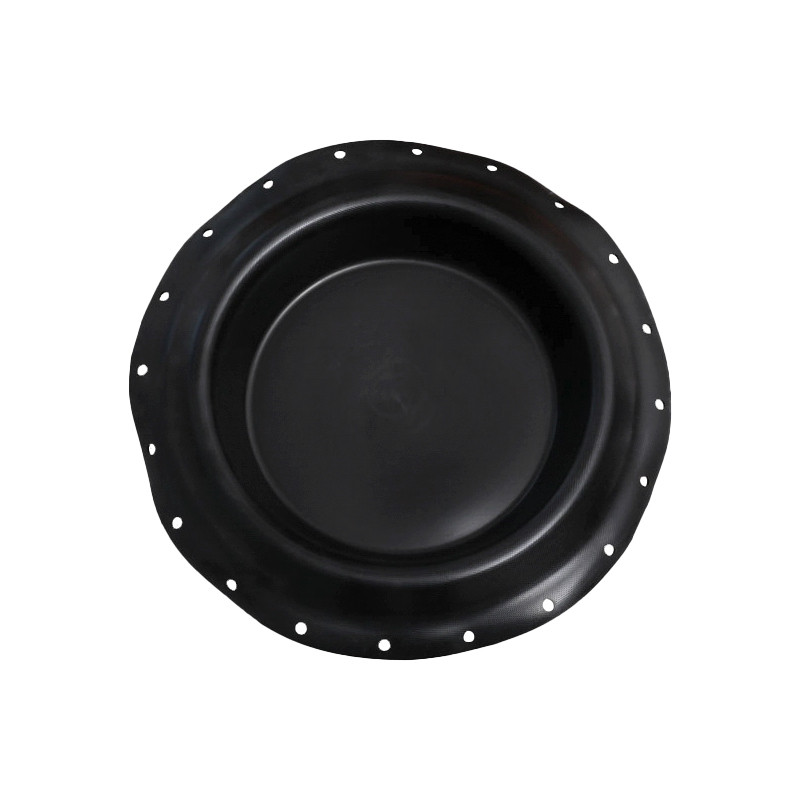
Hangzhou Biaozheng Rubber Plastic Fittings Factory
Professional rubber diaphragm research design and manufacturing

Hangzhou Biaozheng Rubber Plastic Fittings Factory
Professional rubber diaphragm research design and manufacturing
Pneumatic diaphragm valve, also known as diaphragm glob […]
Pneumatic diaphragm valve, also known as diaphragm globe valve, refers to a compression device in which a flexible membrane or a combined diaphragm is installed in the valve body and the valve cover, and its closing part is connected with the diaphragm. The valve seat can be in the shape of a weir or the wall of the straight flow channel. The flexible membrane or combined diaphragm of the diaphragm valve is surrounded by a control chamber. By injecting compressed air, natural gas, water or other substances into the control chamber to generate pressure, the flexible diaphragm or combined diaphragm is compressed and bent, thereby making the diaphragm The cross section is changed, even closed, so as to control the flow and feeding. When the control pressure is about 2.5bar higher than the conveying liquid pressure, the diaphragm valve can seal gas, liquid, paste and powder liquid. The highly elastic diaphragm can convey any material, especially suitable for conveying powdery material.
Working principle of pneumatic diaphragm valve
The pneumatic diaphragm valve consists of three parts: the valve body, the diaphragm and the valve cover, and the structure is very simple. And its operation can realize the control and regulation of the working state and running speed of the valve only through compressed air. During the entire operation, the material only contacts the diaphragm in the valve body, and the contact with other components is effectively separated by the diaphragm. Therefore, the use of diaphragm valves to transport some sensitive materials will have a very good effect.
The advantages of pneumatic diaphragm valves are even more significant for conveying bulk materials, especially materials that are not easy to flow. Since bulk viscous and pasty materials generally have problems such as poor fluidity, easy clogging of pipelines, and large friction to pipelines during transportation, when such materials are transported, the choice of valve body to control them appears to be especially important. Ordinary butterfly valves and ball valves are also often used to transport bulk materials, but when the material has poor fluidity, wall hanging and blockage, which cannot be effectively closed, production may stop.

We are Custom Rubber Diaphragm Valves Manufacturers and Pneumatic Actuator Valve Diaphragm Suppliers in China. All sub-suppliers are inspected and reviewed, and all product procurements are conducted only in qualified sub-suppliers. The raw materials, purchased parts, and outsourced parts provided by the sub-suppliers must undergo a rigorous review when entering the factory.

Copyright © Hangzhou Biaozheng Rubber Plastic Fittings Factory All Rights Reserved. Technical Support:Smart cloud >